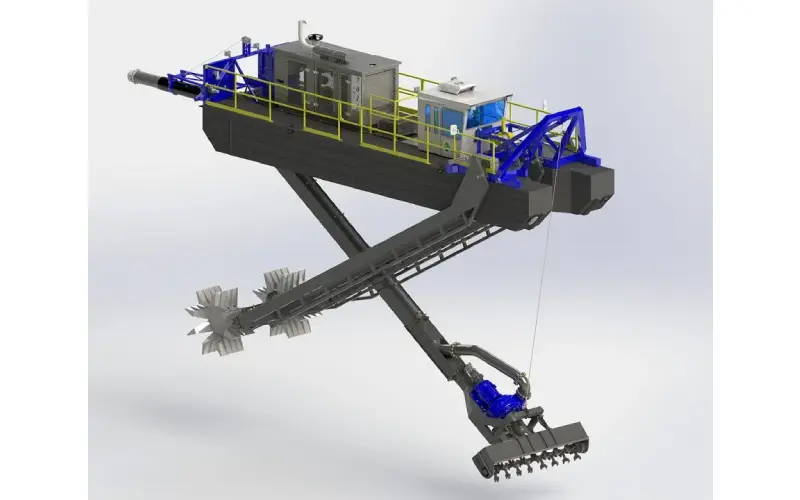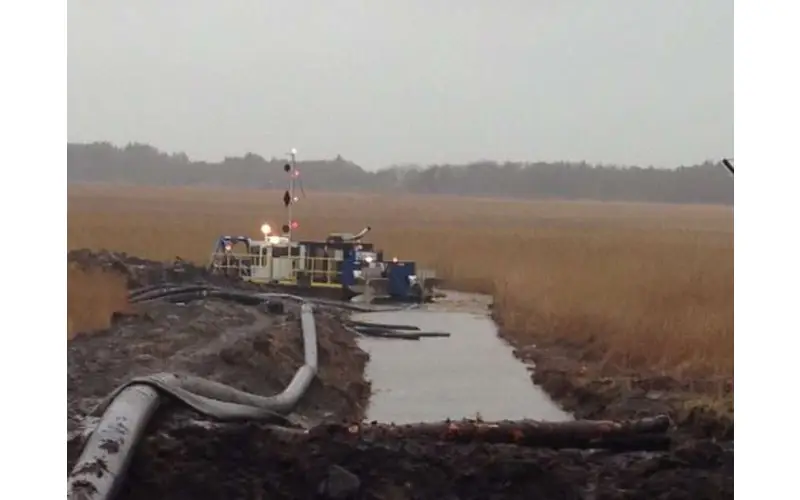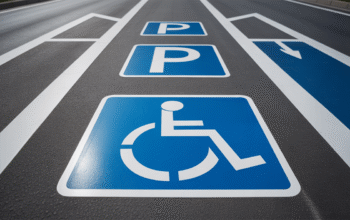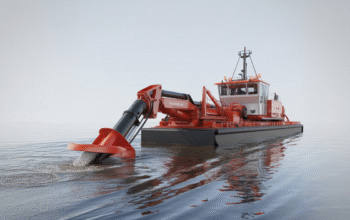Self-propelled dredges have revolutionized marine excavation and dredging operations, offering efficiency, precision, and enhanced safety. As these machines operate in challenging environments from high seas to restricted waterways advanced safety features are paramount. This article explores the cutting-edge safety technologies integrated into modern self-propelled dredges, ensuring operational reliability and protecting the workforce.
Understanding The Importance Of Safety In Self Propelled Dredges
Dredging operations are inherently high-risk due to harsh marine conditions, complex machinery, and the handling of potentially hazardous materials. Self-propelled dredge operate autonomously or with minimal human intervention, making safety features critical to prevent accidents and operational downtimes. These vessels must adhere to strict safety regulations while maintaining productivity and cost-effectiveness.

Automated Navigation And Collision Avoidance Systems
Modern self-propelled dredges are equipped with automated navigation systems that utilize GPS, radar, and sonar technology to enhance operational precision. These systems ensure the dredge stays on course while avoiding underwater obstacles, other vessels, and environmental hazards.
- Collision Detection Sensors: Advanced sensors detect objects in the dredge’s path and issue real-time alerts to operators. If necessary, the system can autonomously alter the vessel’s course to avoid collisions.
- Dynamic Positioning (DP) Systems: These systems use thrusters and propellers to maintain the dredge’s position and heading, even in adverse weather conditions or strong currents, minimizing risks during excavation.
Emergency Shutdown And Fail Safe Mechanisms
To ensure safety during unexpected events, self-propelled dredges feature emergency shutdown and fail-safe systems:
- Automatic Shutoff Systems: These systems deactivate dredging equipment when predefined risk thresholds are exceeded, such as excessive vibration, overheating, or hydraulic pressure anomalies.
- Redundant Power Systems: Backup power supplies ensure critical systems remain operational during power failures, preventing potential hazards and enabling safe equipment recovery.
- Escape and Evacuation Plans: Modern dredges are designed with clear evacuation routes, fire-resistant materials, and lifeboats, ensuring crew safety in emergencies.
Advanced Fire Detection And Suppression Systems
Fire safety is a top priority in marine operations. Self-propelled dredges integrate sophisticated fire detection and suppression technologies to mitigate risks.
- Heat and Smoke Detectors: Distributed throughout the vessel, these sensors provide early warnings of potential fires.
- Automatic Fire Suppression: Systems such as CO2 or foam-based extinguishers activate automatically, targeting affected areas to quickly contain fires.
- Engine Room Safety: Special attention is given to the engine room, where fire risks are higher. Advanced monitoring systems detect oil leaks or overheating, triggering preventive measures.
Crew Safety And Training Modules
While self-propelled dredges automate many tasks, crew safety remains a priority. Training and on-board safety measures enhance preparedness and reduce human error.
- Safety Drills: Regular drills prepare the crew for emergencies like fire, flooding, or equipment failure.
- Wearable Safety Gear: Personal protective equipment (PPE) such as life jackets, helmets, and safety harnesses are mandatory.
- Digital Training Modules: Virtual simulations and interactive training modules educate crew members on operating safety protocols and responding to emergencies.
Environment Monitoring And Control Systems
The marine environment poses unique safety challenges, from sudden weather changes to underwater hazards. Self-propelled dredges are equipped with systems to monitor and adapt to environmental conditions.
- Weather Forecast Integration: Real-time weather data helps operators plan dredging operations and avoid hazardous conditions.
- Seabed Monitoring Systems: Sonar and depth sensors provide detailed maps of the seabed, ensuring safe and accurate dredging without damaging the vessel.
- Eco-Friendly Operations: Advanced systems minimize environmental impact, such as sediment plume control and noise reduction, ensuring compliance with environmental regulations.
Robust Structural Design For Safety
Modern self-propelled dredges are designed to withstand the rigors of marine operations. Their structural features enhance safety and durability.
- Reinforced Hulls: Built with high-grade steel, hulls resist impacts and corrosion, providing long-term durability and safety.
- Anti-Heeling Systems: These systems stabilize the dredge, preventing capsizing or excessive tilting during operations.
- Water-Tight Compartments: Segmented compartments ensure the vessel remains afloat even if one section is breached.
Integrated Communication Systems
Efficient communication is critical for safe operations. Self-propelled dredges feature integrated systems to keep crew members and operational centers connected.
- Real-Time Monitoring: Centralized systems allow operators to monitor vessel performance, dredging activities, and environmental conditions.
- Alarm and Notification Systems: Automated alerts notify crew members of potential hazards or malfunctions, allowing prompt responses.
- Remote Operation Capabilities: Operators can control dredging activities remotely, reducing risks for on-board personnel.
Adherence To International Safety Standards
Compliance with global safety standards ensures the reliability and safety of self-propelled dredges. Key standards include:
- International Maritime Organization (IMO) Regulations: Guidelines for safe operation, environmental protection, and crew welfare.
- ISO Certifications: Standards such as ISO 45001 (Occupational Health and Safety) enhance the vessel’s safety management.
- Classification Society Rules: Organizations like ABS, DNV, and Lloyd’s Register provide additional certification, ensuring adherence to industry best practices.
Future Innovations In Safety For Self Propelled Dredges
The continuous evolution of technology promises even greater safety enhancements for self-propelled dredges:
- AI-Powered Systems: Artificial intelligence can predict risks by analyzing data from sensors and environmental inputs, enabling proactive measures.
- Autonomous Dredging: Fully autonomous self-propelled dredges eliminate the need for on-board crews, drastically reducing human-related risks.
- Advanced Materials: The use of lightweight, high-strength materials can further improve durability and safety while enhancing energy efficiency.
Conclusion
Safety is at the core of modern self-propelled dredge design and operation. Advanced technologies, robust structures, and comprehensive safety protocols ensure these vessels meet the challenges of marine dredging. As innovation continues, the integration of AI, autonomous systems, and eco-friendly practices will further elevate safety standards, making self-propelled dredges indispensable assets for sustainable and secure marine operations.




